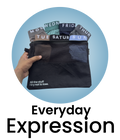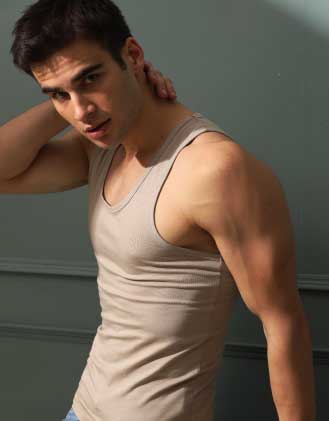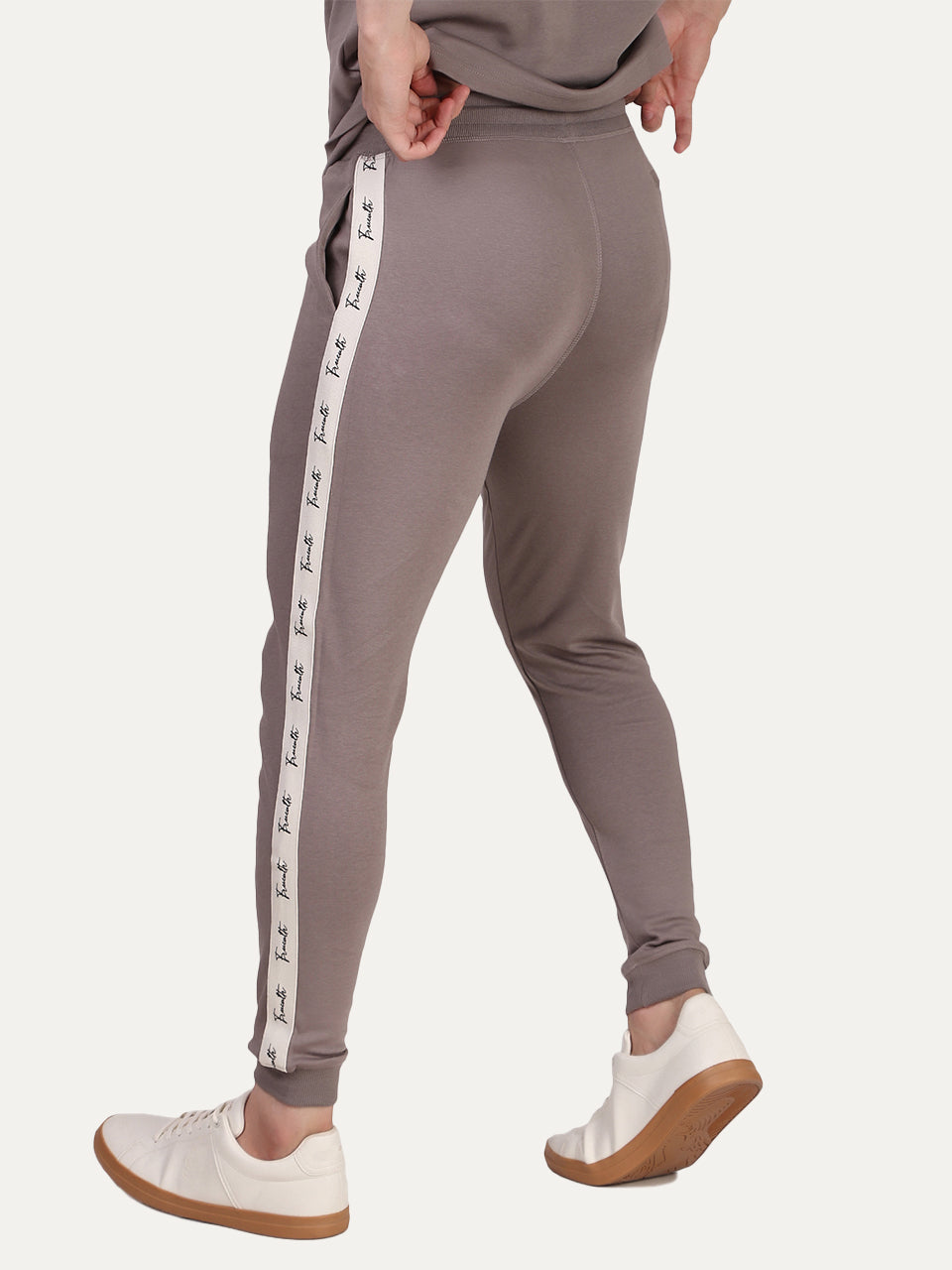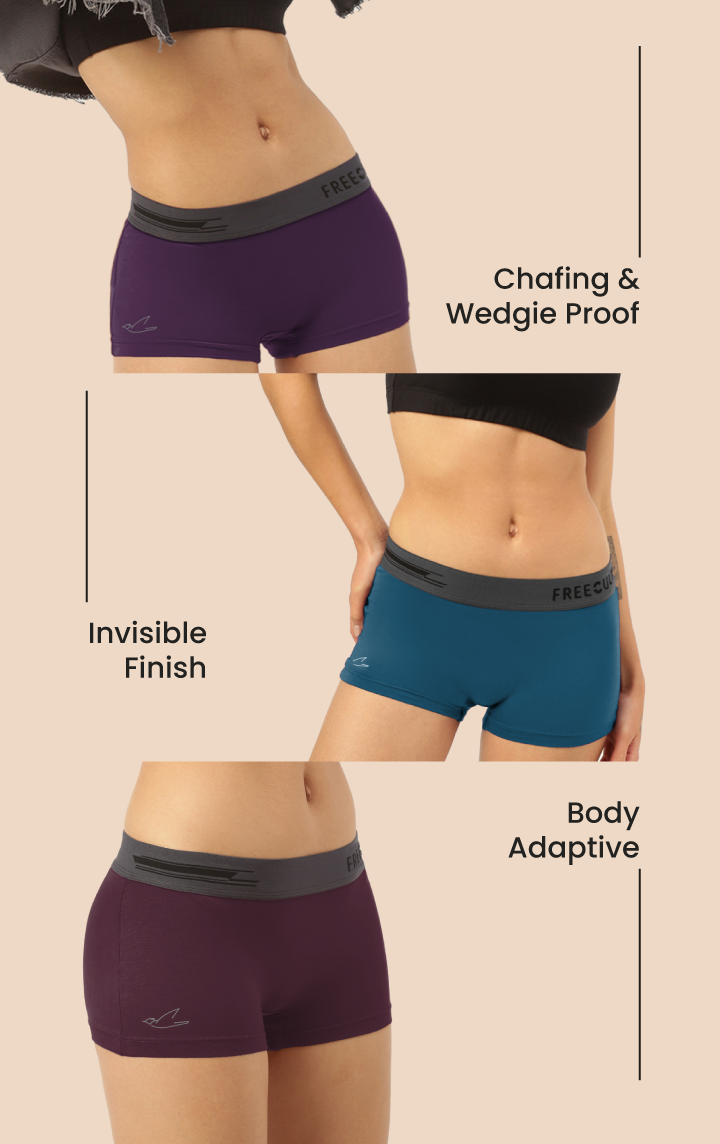In the realm of men's innerwear, the undershirt and the cotton comfort vest often vie for a spot in the wardrobe, each promising a unique blend of comfort and functionality. But how do you truly decide between these two seemingly similar garments? With recent trends leaning towards enhanced breathability and moisture-wicking capabilities, especially in performance fabrics, the choice goes beyond simple preference. This comparison delves into key criteria such as material composition (cotton vs. Blends), fit (compression vs. Relaxed), purpose (layering vs. Standalone wear). Thermal regulation, ultimately highlighting crucial evaluation factors. We'll examine construction quality, style adaptability. Even long-term cost-effectiveness to determine which option offers superior value and aligns best with your individual needs and lifestyle.

Understanding the Basics: What Are We Talking About?
Let's clear the air. When we talk about undershirts and men's cotton comfort vests, we’re often referring to garments worn beneath other clothing. Their primary purpose is to add a layer of comfort, warmth. Protection to your outfits. But, the specific design and intended use differ, leading to distinct pros and cons for each.
Undershirt Defined: An undershirt is generally a lightweight garment, often made of cotton or a cotton blend, designed to be worn directly against the skin under a dress shirt, polo shirt, or other outer garment. They typically have short sleeves or are sleeveless (A-shirts, often mistakenly called "wifebeaters"). The neckline can vary, including crew neck, V-neck, or scoop neck.
Men's Cotton Comfort Vest Defined: A men's cotton comfort vest, on the other hand, is often a slightly heavier garment, also made of cotton or a cotton blend. The key difference is the design, typically resembling a sleeveless tank top but often with wider shoulder straps and a more substantial fabric weight. While some might use them as undershirts, they are often worn as a standalone piece during warmer weather or for lounging.
The Purpose Behind the Layer: Why Wear One?
Before diving into the nitty-gritty of undershirts versus vests, it’s crucial to comprehend their underlying purposes. Both serve several valuable functions:
- Moisture Absorption: Cotton, a common material for both, is relatively absorbent. Wearing a layer underneath can wick away sweat, preventing it from soaking through your outer shirt and causing embarrassing stains.
- Comfort: An extra layer can create a smoother, more comfortable feel against your skin, especially if your outer shirt is made of a less soft or potentially irritating material.
- Temperature Regulation: While seemingly counterintuitive, an undershirt or vest can help regulate body temperature. In warmer weather, it wicks away sweat, keeping you cooler. In colder weather, it provides an extra layer of insulation.
- Protecting Outerwear: By absorbing sweat and body oils, an undershirt or vest helps protect your more expensive dress shirts and other garments, extending their lifespan.
- Nipple Concealment: For some men, an undershirt provides a layer of coverage that prevents nipples from being visible through their outer shirt.
Comparing the Contenders: Undershirt vs. Comfort Vest
Now, let's directly compare undershirts and cotton comfort vests based on several key factors:
| Feature | Undershirt | Men's Cotton Comfort Vest |
|---|---|---|
| Sleeves | Typically short-sleeved or sleeveless (A-shirt) | Sleeveless |
| Fabric Weight | Generally lighter | Often heavier |
| Neckline Options | Crew neck, V-neck, scoop neck, etc. | Typically scoop neck or tank top style |
| Intended Use | Primarily worn under other clothing | Can be worn as an undershirt, standalone piece, or for lounging |
| Formality | Designed to be invisible under clothing. | Less formal; the straps may be visible. |
| Warmth | Provides a lighter layer of warmth. | Can offer a bit more warmth due to heavier fabric. |
| Price | Generally less expensive | May be slightly more expensive, depending on fabric quality and brand |
Real-World Scenarios: Choosing the Right Layer for the Occasion
The best choice between an undershirt and a cotton comfort vest depends heavily on the specific situation. Here are a few real-world scenarios:
- Business Professional: If you're wearing a dress shirt and tie to the office, a lightweight V-neck undershirt is generally the best choice. The V-neck will remain invisible even with the top button of your shirt undone. The lightweight fabric will keep you comfortable without adding excessive bulk. Avoid vests, as the straps are likely to show.
- Casual Weekend: If you're wearing a polo shirt or a casual button-down shirt, either an undershirt or a comfort vest could work. If it's a hot day, the vest might be preferable as it offers more ventilation under the arms. But, be mindful of the neckline; a visible vest strap under a polo shirt is generally not considered stylish in Men's Fashion.
- Working Out: While neither is ideal for intense workouts (performance fabrics are better), a cotton comfort vest might be preferable to a short-sleeved undershirt for lighter activities like yoga or walking, allowing for greater freedom of movement.
- Lounging at Home: A cotton comfort vest is an excellent choice for relaxing around the house, providing comfort and coverage without being overly restrictive.
- Layering for Warmth: If you're layering for warmth in cold weather, a slightly heavier cotton comfort vest can provide an extra layer of insulation, especially under a sweater or jacket.
Personal Anecdote: I used to exclusively wear crew neck undershirts until I realized they were peeking out from under my dress shirts. Switching to V-necks completely solved the problem and significantly improved my professional appearance. It's a small detail that makes a big difference.
Material Matters: Beyond Cotton
While we've focused on cotton, it's vital to acknowledge other materials commonly used in undershirts and vests. The choice of material significantly impacts comfort, breathability. Moisture-wicking properties.
- Cotton: Affordable, breathable. Relatively absorbent. A good all-around choice. Can retain moisture and feel damp.
- Cotton Blends: Often blended with polyester or spandex for improved stretch, durability. Moisture-wicking.
- Modal: A semi-synthetic fabric made from beech tree pulp. Exceptionally soft, breathable. Resistant to shrinking.
- Bamboo: Naturally antibacterial and moisture-wicking. Very soft and comfortable.
- Performance Fabrics (Polyester, Nylon, Spandex): Designed for athletic activities. Excellent moisture-wicking and quick-drying properties. Not typically used in everyday undershirts or vests but are ideal for workouts.
For those with sensitive skin, consider hypoallergenic options like organic cotton or bamboo.
Fit and Style: Finding Your Perfect Match
The fit of your undershirt or vest is crucial for both comfort and appearance. A well-fitting garment should be snug but not constricting. It should lie smoothly against your skin without bunching or wrinkling. Consider these factors:
- Neckline: As noted before, choose a neckline that complements your outer shirt. V-necks are generally the safest bet for dress shirts, while crew necks can work well with casual shirts.
- Sleeve Length: If you opt for a short-sleeved undershirt, ensure the sleeves don't extend past the sleeves of your outer shirt.
- Length: The undershirt or vest should be long enough to stay tucked in throughout the day.
- Color: White is the most versatile color. Gray or nude tones can be less visible under light-colored shirts. Avoid dark colors, which can show through.
Expert Tip: When in doubt, size down. A slightly snug fit is better than a loose, baggy fit that can create unwanted bulk under your clothes. Some brands offer "slim fit" or "compression" undershirts designed to provide a streamlined silhouette.
Care and Maintenance: Keeping Your Layers in Top Shape
Proper care and maintenance are essential for extending the lifespan of your undershirts and vests. Follow these guidelines:
- Wash in Cold Water: This helps prevent shrinking and fading.
- Use a Gentle Detergent: Harsh detergents can damage the fabric and irritate your skin.
- Tumble Dry on Low Heat: High heat can cause shrinking and damage the fibers. Consider air-drying for optimal results.
- Avoid Bleach: Bleach can weaken the fabric and cause discoloration.
- Iron as Needed: If your undershirts or vests tend to wrinkle, iron them on a low setting.
With proper care, your undershirts and vests can last for years, providing you with comfort and protection season after season.
The Underwear Connection: Where Does It All Fit?
It's impossible to discuss undershirts and vests without touching on the broader category of men's underwear. While not directly related, the principles of comfort, fit. Material choice apply equally to both. Just as you carefully select your undershirt or vest based on the occasion and your personal preferences, you should also choose your underwear accordingly. Whether you prefer briefs, boxers, or boxer briefs, prioritize comfort, support. Breathability. The foundation of any great outfit begins with what you wear closest to your skin.
Conclusion
Choosing between an undershirt and a cotton comfort vest boils down to your personal needs and style. Think of undershirts as your stealth comfort layer, ideal for professional settings where discretion is key and sweat management is paramount. On the other hand, consider a cotton comfort vest your weekend warrior – perfect for casual outings or layering under a relaxed jacket where breathability and a touch of added warmth are appreciated. Ultimately, the best choice isn't about picking a winner. Understanding how each garment complements your wardrobe and lifestyle. Experiment, find what feels best against your skin. Don't be afraid to mix and match based on the occasion. Embrace the comfort and confidence that comes with knowing you've made the right choice for you.
More Articles
5 Benefits of Wearing Underskin for Ultimate Comfort
Men's Brief – Cotton Comfort & Secure Fit
Comfortable Briefs for Men Daily Wear – Soft Cotton & Supportive Fit
Men's Modal Trunks – Comfortable Support & Breathable Material
FAQs
Okay, so undershirts and cotton comfort vests... Are they the same thing?
That's a good question! While they serve similar purposes – adding a layer under your clothes – they're not exactly twins. Undershirts are usually thinner, often made of materials like cotton blends or moisture-wicking fabrics. Designed to be pretty invisible. Cotton comfort vests (think the 'wife beater' style, though we'll avoid that term!) , are generally thicker, almost always 100% cotton. Often have a more 'casual' look. You might wear one on its own around the house, which you probably wouldn't do with a standard undershirt.
When would I choose an undershirt over a comfort vest?
Think about the situation. If you're wearing a dress shirt to the office, you want an undershirt. It's thinner, so it won't bulk up under your shirt. It's designed to absorb sweat and prevent see-through situations. , for anything formal or semi-formal, undershirt is the way to go.
And when does a cotton comfort vest make more sense?
Comfort vests are great for lounging around the house, wearing under a sweatshirt for extra warmth on a chilly day, or maybe even as a base layer for outdoor activities in cooler weather. They're more about comfort and casual layering than sleekness.
What about sweating? Which one's better for handling that?
This depends on the fabric! A 100% cotton comfort vest will absorb sweat. It can also feel heavy and stay damp for a while. Many undershirts are now made with moisture-wicking fabrics that pull sweat away from your skin, keeping you drier. So, if you're prone to sweating, look for an undershirt with those fancy technical fabrics.
Fit matters, right? How should each one fit?
Absolutely! Undershirts should be snug but not constricting. You want them to be close enough to your body to absorb sweat efficiently and prevent bunching. Comfort vests are usually a bit looser, prioritizing comfort over a tailored fit.
Are there different necklines I should consider?
Definitely! Undershirts come in V-necks, crew necks. Even scoop necks. V-necks are great if you're wearing a shirt with an open collar, so your undershirt doesn't peek out. Crew necks are more versatile and work well under most shirts. Comfort vests usually have a wider, more open neckline.
So, bottom line: what's the key takeaway?
Think about the occasion and your needs. Undershirts are for discreet layering and sweat management under dressier clothes. Comfort vests are for casual comfort and warmth. Choose the right tool for the job!






